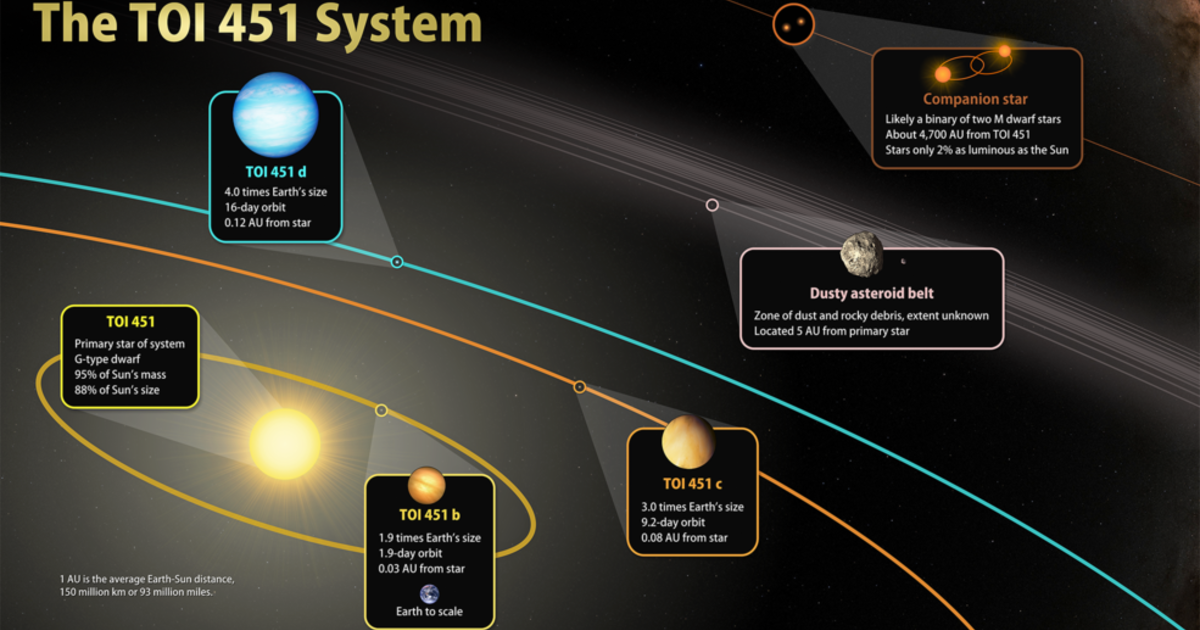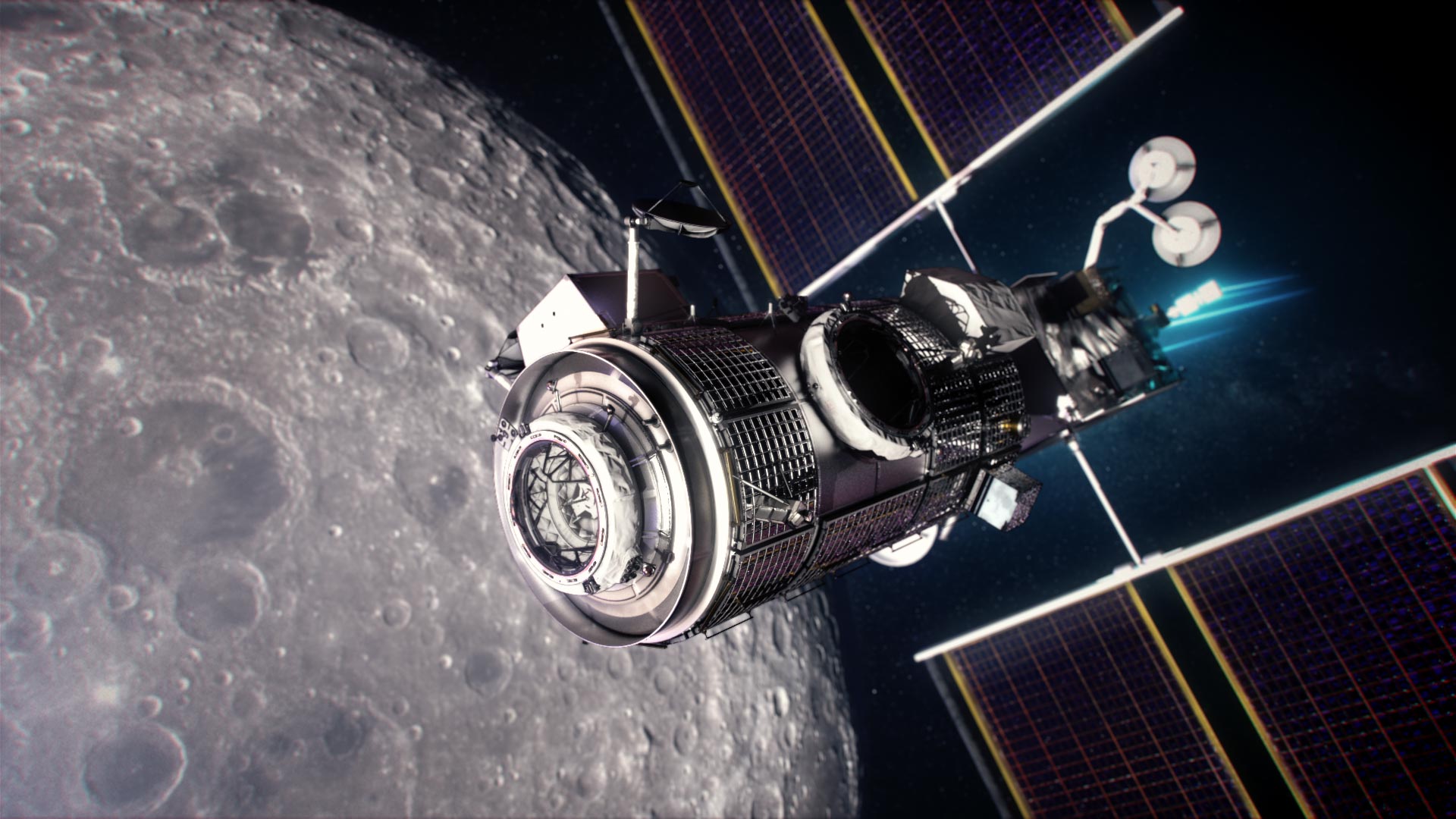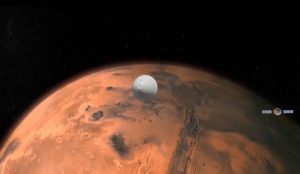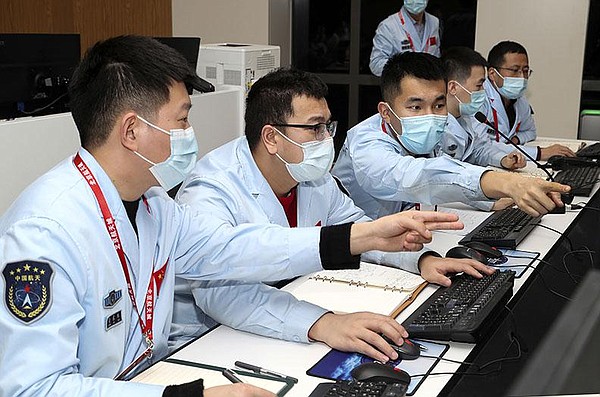
Floating in a stream of young stars, astronomers have spotted a trio of neighboring planets similar to Earth, orbiting a much younger version of our own sun.
The system is located in a newly-discovered Pisces-Eridanus stellar stream, which is less than 3% the age of our solar system, stretching across one-third of the sky. These so-called rivers of stars form when the gravity of our galaxy, the Milky Way, rips apart clusters of stars and dwarf galaxies, forming an elongated grouping that continues to disperse into a stream over time.
Quite a lot has been going on:
NASA's Lunar Gateway: Core Flight Software Chosen for Moon Orbiting Outpost

While Gateway will not be continuously inhabited like the International Space Station, every system onboard must be at a high standard that guarantees astronaut safety. Class A certification assures that all of Gateway’s systems meet these rigorous requirements.
NASA, industry partners, and international space agencies are working together to develop Gateway. Goddard Space Flight Center in Greenbelt, Maryland, is collaborating with NASA’s Johnson Space Center in Houston to Class A certify the core Flight System (cFS).
Could there be a cluster of antimatter stars orbiting our galaxy? | Space

We don't know why the universe is dominated by matter over antimatter, but there could be entire stars, and maybe even galaxies, in the universe made of antimatter.
The anti-stars would continuously shed their antimatter components out into the cosmos, and could even be detectable as a small percentage of the high-energy particles hitting Earth.
* * *
Antimatter is just like normal matter, except not. Every single particle has an anti-particle twin, with the exact same mass, exact same spin and exact same everything. The only thing different is the charge. For example, the anti-particle of the electron, called the positron, is exactly like the electron except that it has positive electric charge.
Both Hope and Tianwen-1 now orbiting Mars | Human World | EarthSky

The Chinese Tianwen-1 mission to Mars successfully entered Mars orbit on February 10, 2021, only one day after the United Arab Emirates mission Hope arrived at the red planet on February 9. They’ll be followed soon by NASA’s Perseverance mission which is set to arrive and land on February 18.
This 1st image of Mars was captured by the high-resolution camera on the Chinese mission Tianwen-1 at a distance of 2.2 million km (1.4 million miles) from the planet, and was released on February 5, 2021. Image via China National Space Administration .
While you're here, how about this:
China says craft orbiting Mars in bid to land rover

"China's probe Tianwen-1 successfully entered the orbit around Mars on Wednesday after a nearly seven-month voyage from Earth," the Xinhua News Agency said in a brief report.
The orbiter-rover combo became the second spacecraft in two days to reach the red planet. An orbiter from the United Arab Emirates led the way Tuesday.
Next week, the U.S. will try to land its Perseverance rover on the Martian surface. Only the U.S. has ever touched down on Mars -- eight times beginning with two Viking missions. A lander and rover are in operation today.
China Releases Breathtaking Video From Spacecraft Orbiting Mars

The probe embarked on its seven month journey last summer, around the same time as the launches of NASA's Perseverance rover and the United Arab Emirates Space Agency's Hope orbital probe, both of which were also bound for Mars.
The small probe's onboard cameras provide an incredible view of the Martian surface below. The footage, released by state broadcaster CCTV, is so detailed that you can make out individual craters and even the planet's thin atmosphere.
Microsoft, HPE Partner to Link Azure Cloud to Orbiting Laboratory Via SpaceBorne Computer-2 |

Microsoft has teamed up with Hewlett Packard Enterprise to connect its Azure cloud to the International Space Station through HPE's Spaceborne Computer-2 .
SBC-2 is set to fly aboard Northrop Grumman 's Cygnus spacecraft as part of Northrop's 15th commercial resupply mission to the orbiting laboratory on Feb. 20, and will bring artificial intelligence, cloud connectivity and edge computing capabilities to the ISS, Tom Keane , corporate vice president of Azure Global, Microsoft Azure, wrote in a blog post published Thursday.
China's Tianwen-1 probe is now orbiting Mars, preparing to land rover
China's first interplanetary spacecraft has entered orbit around Mars, a major milestone for the country's space program. That sets the mission up for its next step: landing a rover on the red planet in May.
The entire operation was autonomous — the communications delay at such a distance is too long for mission controllers to give the spacecraft instructions in real time. Had this crucial step failed, the spacecraft could have crashed into Mars or careened past the planet into deep space.
Happening on Twitter
Astronomers confirm orbit of most distant object ever discovered in our solar system — nicknamed "Farfarout" https://t.co/rjzgQeNrlR CBSNews (from New York, NY) Sat Feb 13 03:19:49 +0000 2021
Searching in a sea of stars, a team of astronomers uncovered a surprising sight! While hunting for a massive black… https://t.co/dqlh4M7BFh NASA Thu Feb 11 23:21:04 +0000 2021
Indian astronomers report one of the strongest flares from a feeding supermassive black hole or blazar called BL La… https://t.co/SZn5r5RKDW PIB_India (from New Delhi) Sat Feb 13 05:54:44 +0000 2021
Astronomers on the hunt for an intermediate-mass black hole at the heart of the globular cluster NGC 6397 found som… https://t.co/qpTA6qIWHx NASAGoddard (from Greenbelt, MD USA) Sat Feb 13 15:01:12 +0000 2021
No comments:
Post a Comment